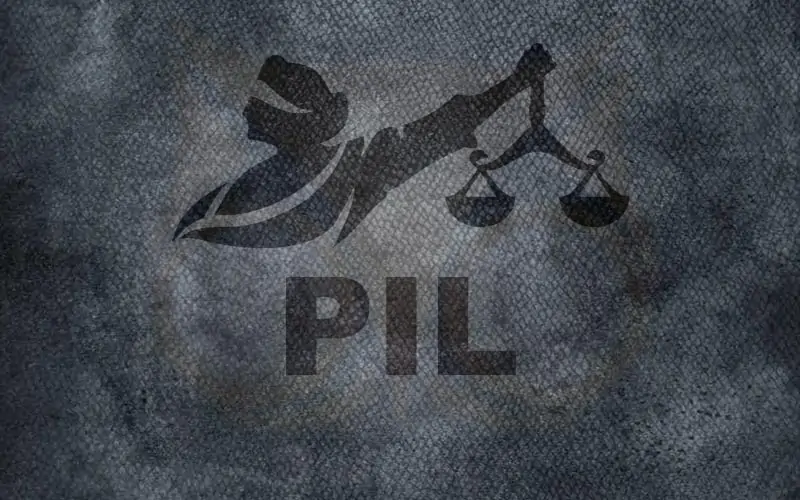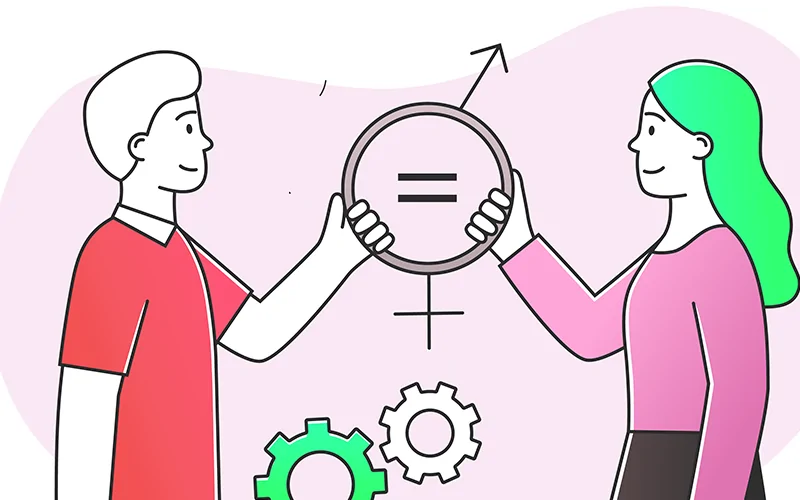Discuss the common components of Organizational Culture.
Organizational culture can be manifested and studied at different levels. The following are some of the common components or expressions of organizational culture:
Physical Artifacts.
There are the most tangible and visible manifestations of organizational culture. Physical layout and decor, nature, availability and use of facilities, centralization or dispersion of common utilities. They represent symbolic expression of an underlying meaning, value or belief, which is sharer by the people in the organization.
Cultural Artifacts.
Cultural artifacts are symbolic in nature. Their values lie not in what they are, but what they mean to people. Examples.
- Work in Tata Motors starts every morning with all employees assembling and doing yoga.
- TISCO encourages its employees to go for mountain trekking in groups.
Language, Jargon and Metophors.
Most organizations use unique terminologies, phrases acronyms as a means of universal communication. Suds linguistic symbols distinguish between members and non-members and reinforce cultural identity. Examples.
- In one organization, members of the corporate office are referred to as Nawabs.
- In another organization, the acronym J.I.T (Just-In-Time) was jokingly used to describe all badly planned fifighting jobs.
Stories, Myths and Legends.
Important culture assumptions, beliefs, values and norms are communicated through stories, myths and legends to the new members.
Ceremonies and Celebrations.
These are consciously enacted collective behaviors that helps in reinforcing an organization cultural values and assumptions. Examples.
- Every year the Indian Institute of Public Administration celebrates Foundation Day.
- Every year several universities have an Alumnus Day intended to reinforce the identity and collective pride of the old boys with the institution.
Routines, Rites and Rituals.
Organizations carry out repetitively many routine activities, Without giving them a second thought, such as: staff meetings, training programs, rituals of fillings out performance appraisal forms, superiors annual visits etc., which often acquire a life of their own. Such rituals serve the purpose of providing a sense of security and personal identity giving meaning to members’ actions and serving as mechanisms of control.
Behavioural Norms.
It evolved the nature of the individual in the organization. Organization behavior transmitted to new members through a process of socialization.
Shared Beliefs and Values.
Beliefs and values are mental pictures about organizational reality and are fundamental for justifying a member’s behavior as right or wrong.
Basic Assumptions.
Competent professional do not remain for a long time in the organization. These are conscious values and beliefs held by the members of the organizations.





